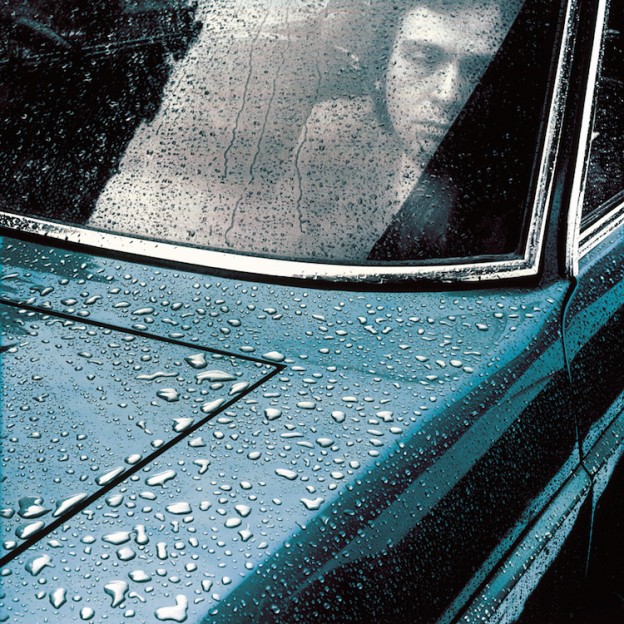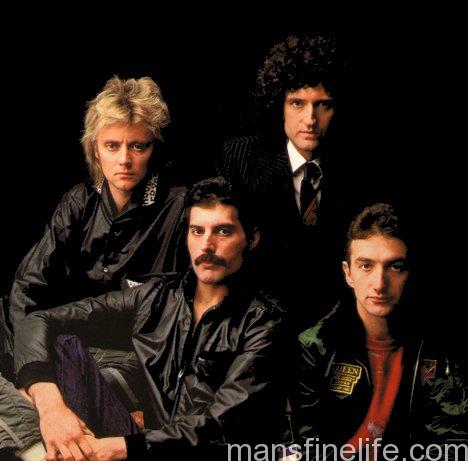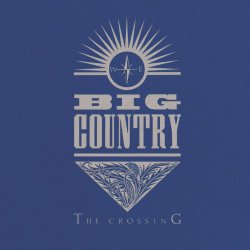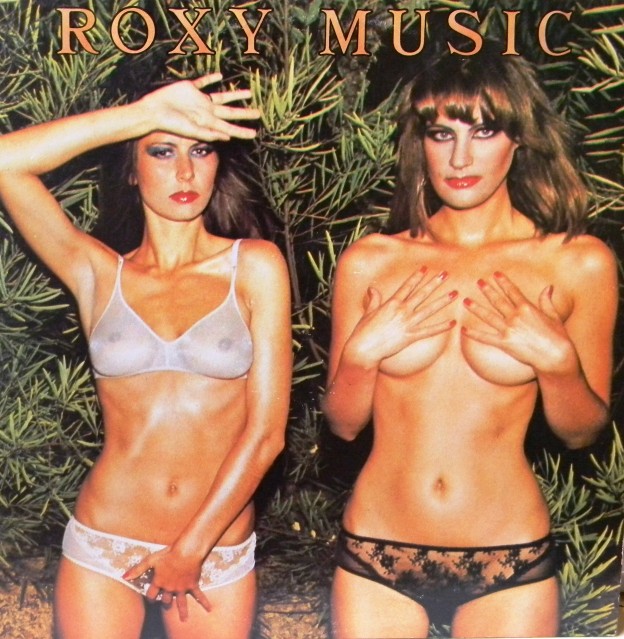As time passes, it becomes clearer that Peter Gabriel was a victim of his own massive success. After being a cult figure as leader of the pre-Phil Collins/pre-Top 40 Genesis, immediately after leaving the group he produced some of the more intriguing and idiosyncratic music of the late 1970s and early 1980s. His uniquely theatrical, art house style seemed to find its climax in the catchy but weird “Shock the Monkey” and its improbably popular video coming right at the dawn of the MTV revolution circa 1982. Surprisingly, though, Gabriel had something even bigger up his sleeves. Just a few years later, in 1986, he unleashed the bona fide mainstream smash hit album So, which featured a plethora of hit singles & videos, including the omnipresent all-time number one most-played MTV video, “Sledgehammer”. Produced by then-U2 helmsman du jour Daniel Lanois, it’s no hyperbole to say that So became a touchstone for a generation. Its pop culture impact was confirmed when a young John Cusack used the hyper-romantic “In Your Eyes” to woo Ione Skye via boombox in the archetypal 80s teen coming of age story, Say Anything. To the uninitiated it seemed an improbable success. But the cleverness of Gabriel was that he was perfectly attuned to the demands of MTV, having been an often-flamboyant performance art innovator for years with a penchant for the dramatic and offbeat that perfectly suited the new visual taste-setting medium. The fact that he was well ahead of the musical curve in terms of both digital production and the use of “world music” influences — see the incredible vocal solo by Senegalese singer Yousou N’dour on the aforementioned heart-melting “in Your Eyes”, for example — also seemed perfectly aligned to the prevailing zeitgeist in which David Byrne and Paul Simon were incorporating African and South American vibes into their standout 80s work, as well.
But all that radio/video play and overwhelming success led to burnout on Gabriel, as the once outside artist became a mainstream pop superstar. To be honest, I listened to so much Peter Gabriel back in the day that I took about fifteen years off from his music. But I’ve been coming back to it lately and damn if it doesn’t hold up well. And not only in that “old friend you haven’t seen in a long time” way either. No, it’s of its time for sure but definitely among the best of that time. So here are three pre-So tunes — since everyone’s heard every cut off that album so damn much — that I think are worth revisiting.
“Solsbury Hill” from Peter Gabriel I [Car] (1977):
All about Gabriel’s trepidation and hopes after splitting from Genesis, 1977’s “Solsbury Hill” from his debut solo album would have been his one-hit wonder… if he hadn’t gone on to have so many other big hits. The spiritual and optimistic tone of the lyrics highlight PG’s very good, slightly raspy Rock voice and the sterling musicianship in the service of the appealingly folksy-but-not-cloying song construction serve notice that this is a mega-capable songwriter. At the time it could have gone either way. But in retrospect the lovely, ultra-catchy “Solsbury Hill” was not a one-time flash but Gabriel’s opening salvo, laying down a marker that he was an artist to be reckoned with.
“Family Snapshot” from Peter Gabriel III [Melt] (1982):
After 1978’s perhaps overly arty and abstracted Peter Gabriel II [Scratch] failed to build upon the success of “Solsbury”, Gabriel really found something extra for his third studio effort in 1980. Nicknamed “Melt” for the disturbing Hipgnosis cover art, Peter Gabriel III is strong from beginning to end and features standout tracks with troubling psychological overtones like “Intruder”, “I Don’t Remember”, “No Self Control” and “Not One of Us”. Prefiguring Gabriel’s increasing human rights activism, an amazingly beautiful political anthem to slain South African civil rights leader Stephen Biko closes the album. “Games Without Frontiers” was the de facto hit, although in more of a cult fashion than a chart-topper. And perhaps its rather heavy handed metaphor about nations acting as children has not aged as well as the rest despite its undeniable angular catchiness. So for me the exceptionally creepy “Family Snapshot”, which not implausibly imagines a Lee Harvey Oswald-like character motivated by his loveless childhood, is the standout track. Continue reading




















